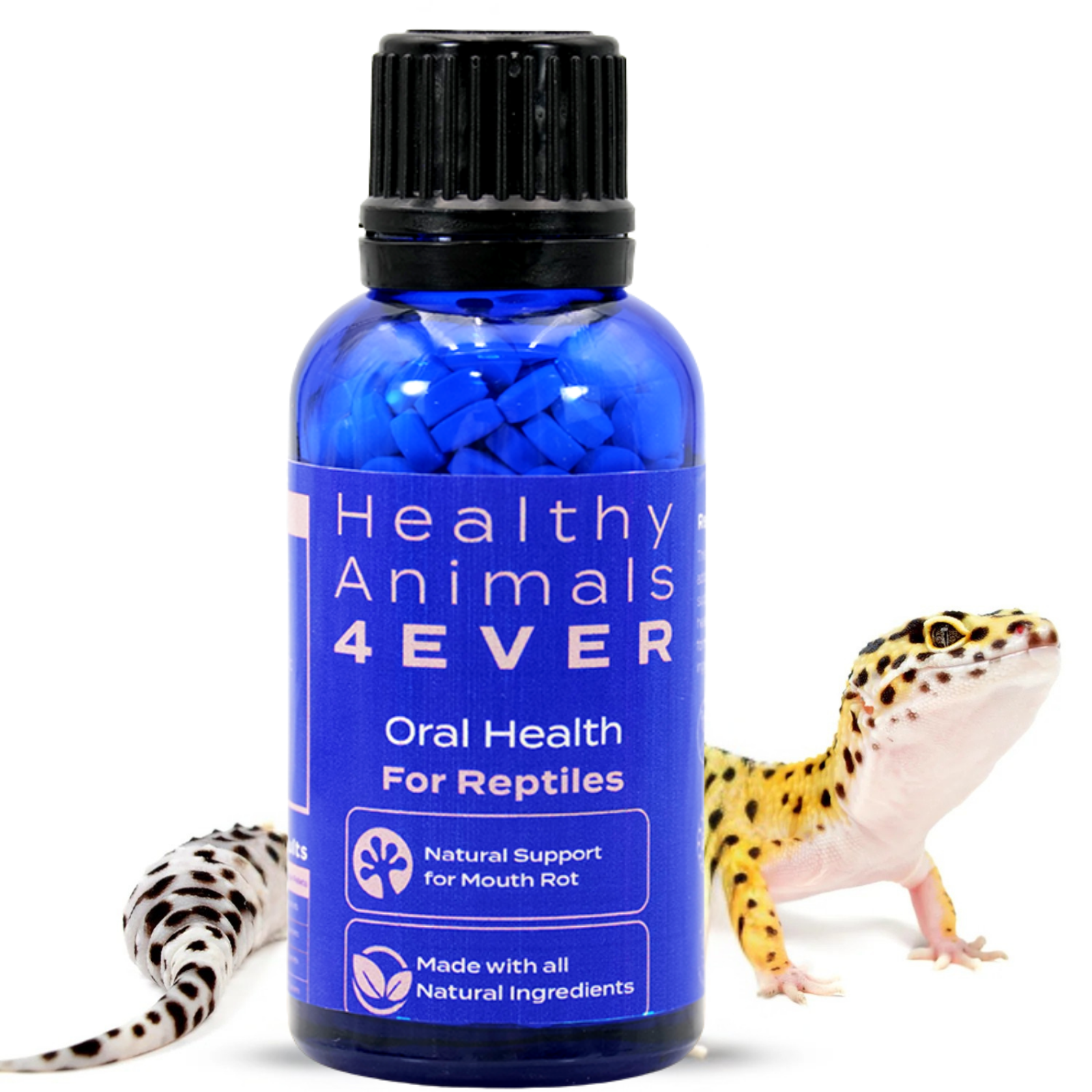Simple Tips for Healthy Weight Loss in Cats
Is your cat starting to look more like a loaf of bread than a lean little predator? Feline obesity is more common than most people realize, especially with indoor cats who live comfy, low-activity lifestyles. And while those extra pounds might seem harmless (or even cute), they can actually lead to some serious health problems over time.
But helping your cat slim down doesn’t have to involve drastic diets or harsh restrictions. In fact, the most effective approach is slow, steady, and natural; just small changes to their food, habits, and daily routine. In this guide, we’ll walk through some simple tips that support healthy weight loss in cats.
Weight Loss offers natural support to reduce overeating in cats. Energy-boosting formula. Promotes healthy elimination of extra body weight. All-natural formula. Easy to use.
What is Your Cat’s Normal Weight?
Before diving into weight loss tips, it’s important to figure out what is a normal cat weight. Every cat is different, what’s ideal for a petite Siamese isn’t going to work for a chunky Maine Coon. So instead of focusing only on numbers, vets often use something called a Body Condition Score, or BCS for short. It’s a visual and physical scale that helps assess if your cat is underweight, overweight, or just right.
Here’s a simple way to think about it: if you gently run your hands along your cat’s sides and can feel their ribs easily (but they’re not sticking out), that’s a good sign. You should also see a slight waistline when looking at your cat from above. If they’re more round than hourglass, they may be overweight.
If you’re unsure, the best thing you can do is talk to your vet. They can help determine your cat’s normal weight and give you an idea of how much they need to lose or gain to be at their healthiest. Even a small amount of weight loss, like a pound or two, can make a big difference in your cat’s health and energy levels.
Common Causes of Weight Gain in Cats

Cats are great at a lot of things—napping, chasing invisible bugs, judging us silently—but managing their own weight isn’t one of them. Let’s look at some of the most common reasons behind those extra pounds.
Overfeeding is a big one. It’s surprisingly easy to give your cat more food than they actually need, especially if you’re free feeding (leaving dry food out all day). Most cats don’t know when to stop eating, particularly if bored. And those tiny treat rewards? They add up fast.
Another factor is lack of activity. Indoor cats live cozy lives, but that often means they spend hours lounging around without much movement. Unlike dogs, cats don’t get daily walks, so they rely on playtime to burn calories. If your cat's day mostly consists of naps and window gazing, it’s no surprise they’re putting on weight.
And then there’s the medical side. Health issues like hypothyroidism or arthritis can cause weight gain or make it harder for your cat to stay active. This can make weight loss in elderly cats extra challeging. That’s why it’s important to rule out any underlying problems before assuming your cat is overfed.
Thyroid for Slow (Hypothryroid) promotes proper hormone production and helps enhance your cat's metabolism. Useful as an energy and mood boost. All-natural formula. Easy to use.
How to Put Your Cat on a Diet?

Helping your cat lose weight naturally starts with what and how you feed them. It doesn’t mean starving them or switching to expensive “diet” foods right away. In fact, sudden changes or cutting calories too fast can be dangerous for cats. Instead, the key is making consistent adjustments that support a healthier lifestyle.
The first place to look is portion size. Many cat owners don’t realize they’re overfeeding because they don’t know how many calories a cat needs. This is especially true if they rely on the suggested serving sizes on food packaging. Those amounts are often too generous, especially for indoor cats who don’t burn much energy.
It helps to measure your cat’s food using a proper scoop or kitchen scale, rather than guessing. And if you’ve been free-feeding, it might be time to switch to set mealtimes. Not only does this help control portions, but it also creates a routine your cat can get used to.
Now, let’s talk about what kind of food your cat eats. Cats are obligate carnivores, which means they thrive on high-protein, low-carbohydrate diets. A lot of commercial dry foods are packed with fillers like corn and rice, which aren’t doing your cat’s waistline any favors. You don’t have to go grain-free if it’s not in your budget, but food for overweight cats should have meat as the main ingredient and fewer unnecessary carbs.
Here are some of the best dry cat foods for weight control.
If your cat loves treats (and who can blame them?), those need a little attention too. Try not to hand them out randomly, and consider swapping high-calorie snacks for healthier options like freeze-dried meat or even small bits of cooked chicken. Treats should be a small bonus, not a regular part of every meal.
Diet for obese cats is all about slow and steady changes. These are much easier to adjust and safer for their health. As always, talk to your vet before starting any new diet plan, especially if your cat has any medical issues.
Increasing Physical Activity

Food is just one piece of the puzzle; exercise is the other half. The tricky part is that cats aren’t like dogs. You can’t just put a leash on them and head out the door (well, some cats will let you, but most won’t!). So you’ve got to get creative with ways to get your cat moving.
Start with short play sessions throughout the day. You don’t need fancy gear; a simple feather wand or laser pointer can work wonders. The idea is to mimic hunting behaviors, so anything that gets your cat chasing, stalking, or pouncing is perfect. Even five to ten minutes a couple of times a day is great.
If your cat gets bored easily, try rotating their toys so they don’t see the same ones every day. Some cats love crinkly tunnels, others prefer balls that make noise, or motorized toys that wiggle like prey. It might take a little experimenting to find what lights up your cat’s inner hunter.
Physical environment plays a role, too. Cat trees, window perches, and shelves give your cat vertical space to explore and jump around. The more they climb and move, the more calories they burn. You can even use their food as a tool: try hiding a few kibble pieces in different spots around the house to encourage a little treasure hunt.
And here’s something most cat owners don’t realize: you are your cat’s favorite toy. They’ll play more if you play with them. So even if you’re tired after work, a few minutes of active playtime can make a difference for both of you. Exercise doesn’t have to be intense, only consistent.
Healthy Feeding Practices

Sometimes it’s not just what you feed your cat, but how you feed them that matters. Changing feeding habits, even just slightly, can help your cat shed those extra pounds in a natural and stress-free way.
One simple but effective trick is using food puzzles or slow feeders. These are designed to make your cat work a little for their food, rather than inhaling it all in one go. Not only does this slow down their eating (which helps with digestion), but it also adds a bit of mental stimulation. You can find a bunch of puzzle feeders online, or even make your own using things like egg cartons or toilet paper rolls. It sounds silly, but a few minutes of problem-solving before dinner keeps their brain and body more active.
If you’ve been free feeding (keeping a bowl of dry food out all day), it might be time to switch to scheduled meals. Cats can easily overeat when food is constantly available. Feeding at set times twice a day helps control portions and also gives your cat a sense of routine. Most cats adjust to this pretty quickly, especially when they realize food still shows up, just not on demand!
Also, don’t overlook hydration. Cats are notoriously low water drinkers, especially if they eat mostly dry food. Adding some wet food to their meals or encouraging them to drink more can support weight loss and overall health. Many cats love running water, so a cat fountain can be a fun and effective way to get them sipping more throughout the day.
Natural Supplements and Remedies

Food and exercise are definitely the main players, but there are a few gentle, supportive tools that can help along the way. We’re talking about natural supplements and holistic approaches, not quick fixes or sketchy “fat burners.”
One helpful supplement to consider is Omega-3 fatty acids, usually in the form of fish oil. These are great for reducing inflammation, which can be especially helpful if your cat has joint pain that makes movement uncomfortable. They also support skin, coat, and heart health, so it’s a nice bonus even beyond weight loss. Just make sure you’re using a product specifically made for cats, and check with your vet on the right dosage.
Hip, Joint and Back Pain Relief is a natural hip, joint, and back pain remedy for all cats. Helpful for cats with arthritis. Useful as an anti-inflammatory. All-natural formula. Safe and easy to use.
There are also a few natural appetite support products that can help with metabolism or reduce cravings. But be cautious here. Not all “natural” products are safe for cats, and some can even be harmful. Always run anything new by your vet before adding it to your cat’s routine.
In fact, our safe cat weight loss remedy is designed to reduce overeating, gently boost energy, and support healthy weight, with no side effects (and a 100% money-back guarantee!).
Some cat owners explore acupuncture or massage therapy for older or arthritic cats who struggle to move comfortably. These aren’t direct weight loss tools, but they can support mobility, which in turn helps your cat stay more active and engaged.
Monitoring Progress

Once you’ve started making changes to your cat’s routine, it’s a good idea to keep track of how things are going. Natural weight loss isn’t fast, and that’s actually a good thing. Rapid weight loss in cats can be dangerous, so the goal is always slow and steady.
A simple way to monitor progress is to weigh your cat regularly. You don’t need a fancy pet scale; most people use a regular bathroom scale. Just weigh yourself, then weigh yourself while holding your cat, and subtract the difference. It’s not perfect, but it’s close enough to track trends over time. Aim for a weigh-in once every couple of weeks, enough to spot changes, but not so often that you get discouraged by small fluctuations.
You should also pay attention to body shape. Is your cat starting to look a little less round around the belly? Are you beginning to see more of a waistline from above? Sometimes the visual changes come before the numbers on the scale move, especially if your cat is building a bit of muscle from extra activity.
Along the way, you might need to adjust how much food you’re giving or step up the playtime if progress stalls. That’s completely normal since weight loss isn’t linear. What’s important is to stay consistent, be patient, and keep celebrating the small wins.
If at any point your cat seems lethargic, uninterested in food, or is losing weight too quickly, get in touch with your vet. Healthy weight loss should never look like your cat is unwell.
When Should You Get Veterinary Help?

Most cats can lose weight naturally with some simple changes at home, but sometimes it’s best to bring in a professional. If your cat isn’t losing any weight despite your efforts, or if they’re suddenly gaining even more, it might be time to check in with your vet. There could be underlying medical conditions at play, like hypothyroidism or fluid retention, and you’ll want to rule those out before tweaking their routine further.
Likewise, if your cat starts to lose weight too fast, skips meals, or seems weak or not themselves, don’t try to tough it out or adjust things on your own. Cats are sensitive to rapid weight loss. That’s why even well-intentioned “dieting” needs to be gentle and well-monitored.
Behavioral changes can also be red flags. If your cat suddenly stops playing, hides more than usual, or seems irritated or withdrawn, those could be signs that something’s off. Weight issues can sometimes be linked to stress, anxiety, or pain.
Anxiety and Over-reaction From Fear is a natural remedy for calmness and reduced fear in cats. It helps minimize stress and fear responses. Useful for generalized, separation, social, and environmental anxiety. All-natural formula. Non-drowsy relief. Easy to use.
Your vet isn’t just there for emergencies. They can help create a safe weight loss plan, suggest appropriate foods, rule out health concerns, and give you confidence that you're on the right track.
The Bottom Line

At the end of the day, helping your cat lose weight means building better habits. More movement, less snacking, and meal consistency can go a long way. The process might take time, but that’s exactly how it should be. Small changes are easier for your cat to adjust to and far healthier in the long run.
Don’t forget: every cat is different. Some will take to the new routine right away, others might resist and need a little patience. That’s okay. Stay committed and keep checking in with your vet. The goal is health, comfort, and giving your cat the best possible quality of life.












